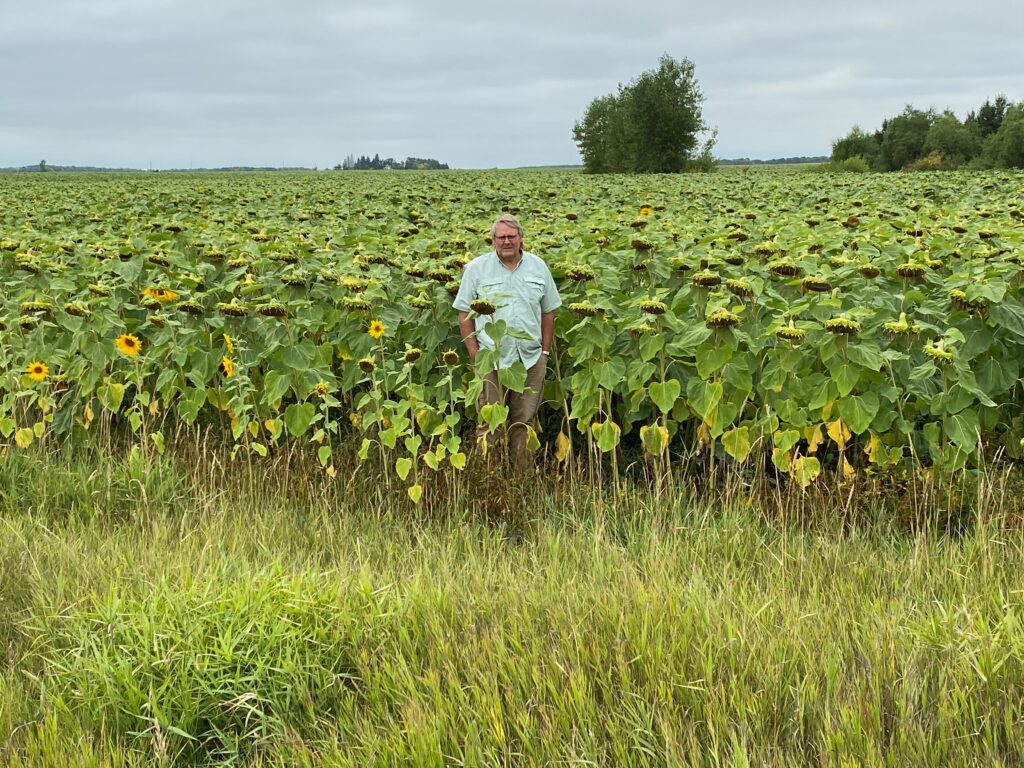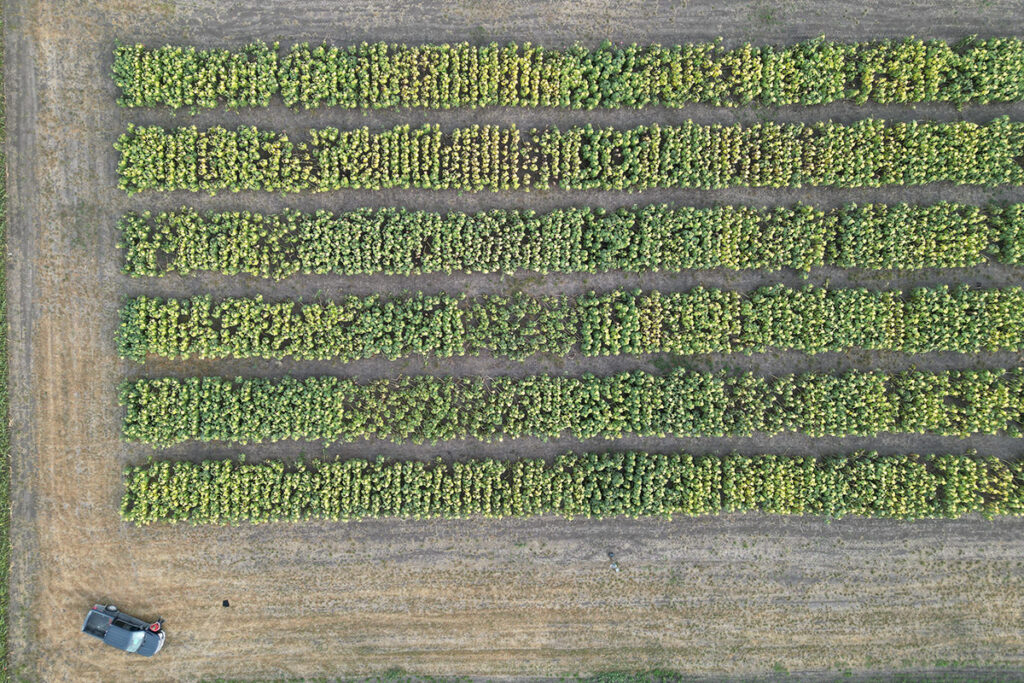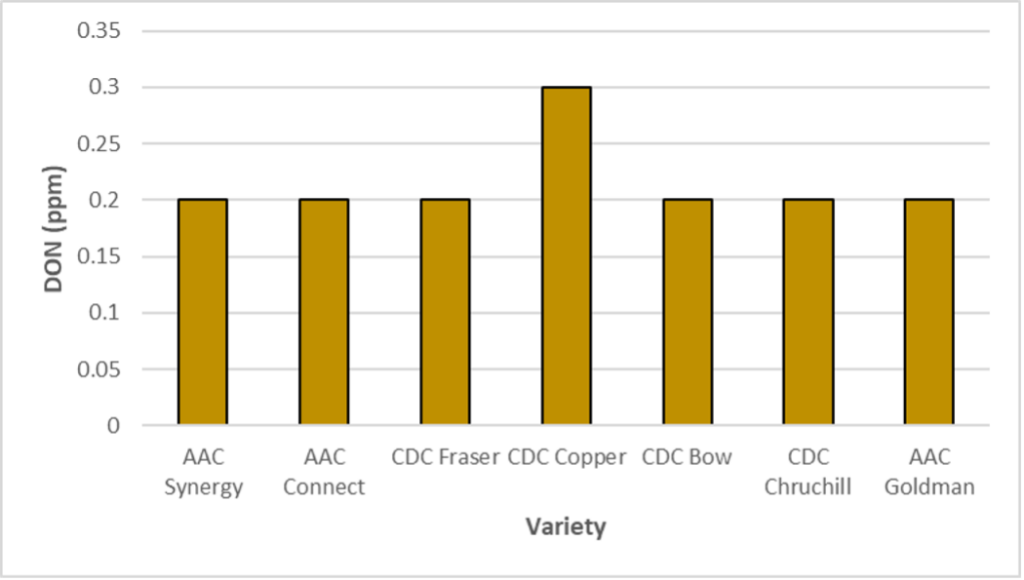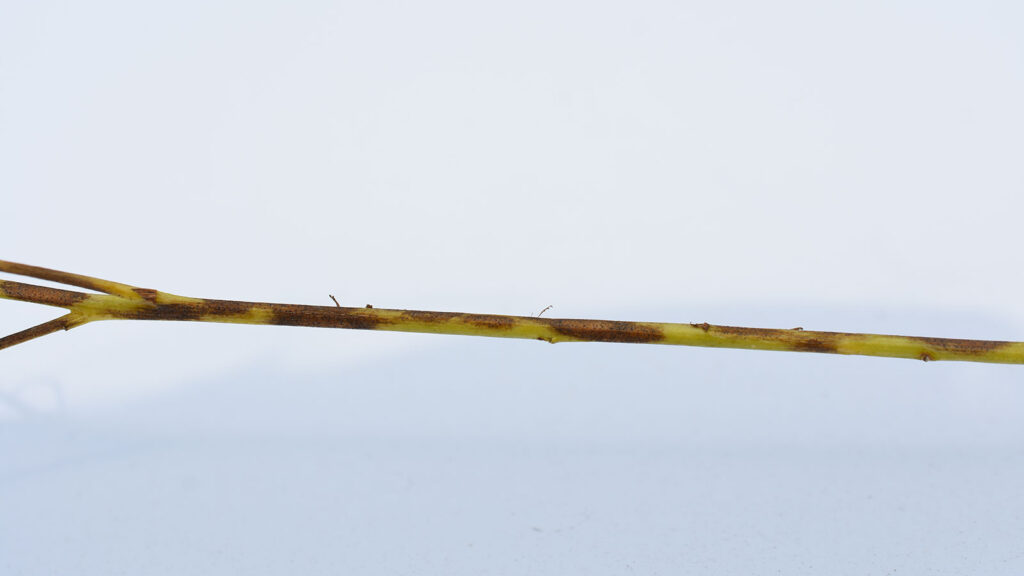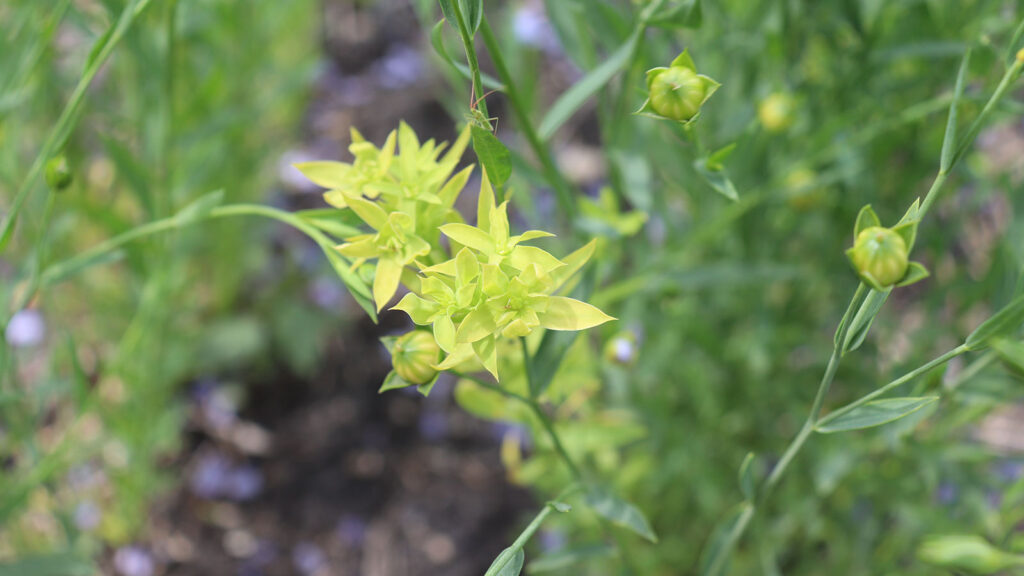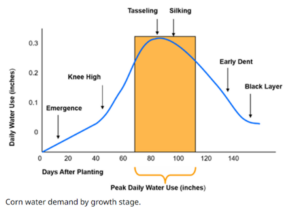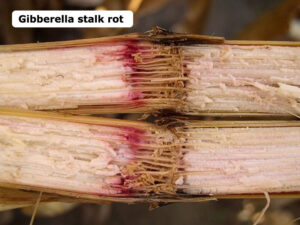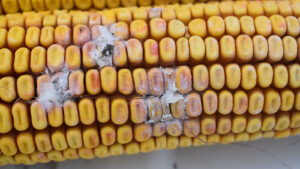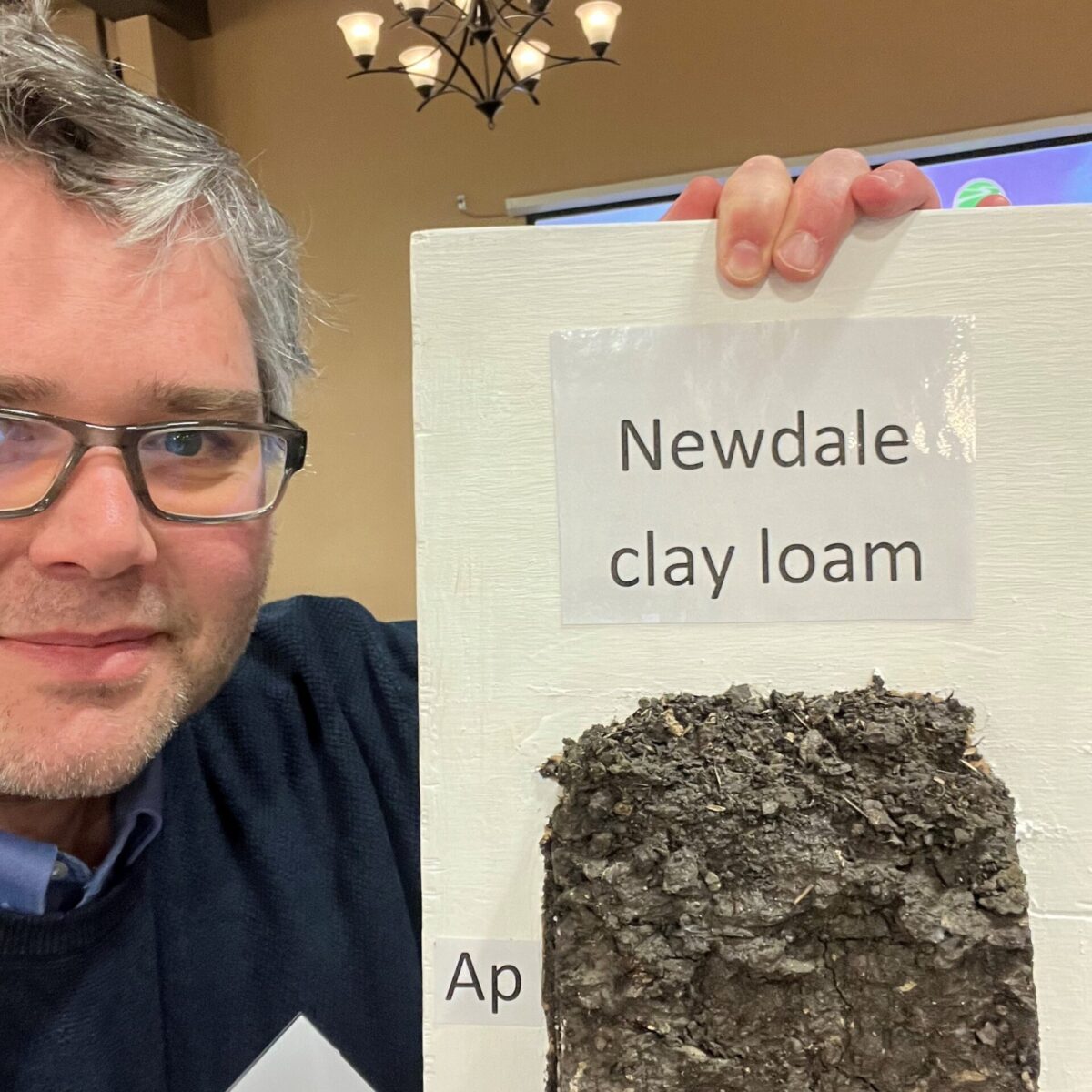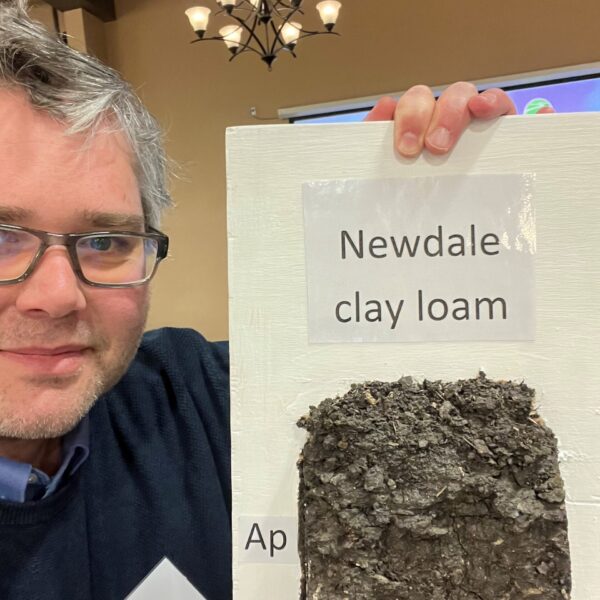Andriy Bilichak, research scientist, Agriculture and Agri-Food Canada
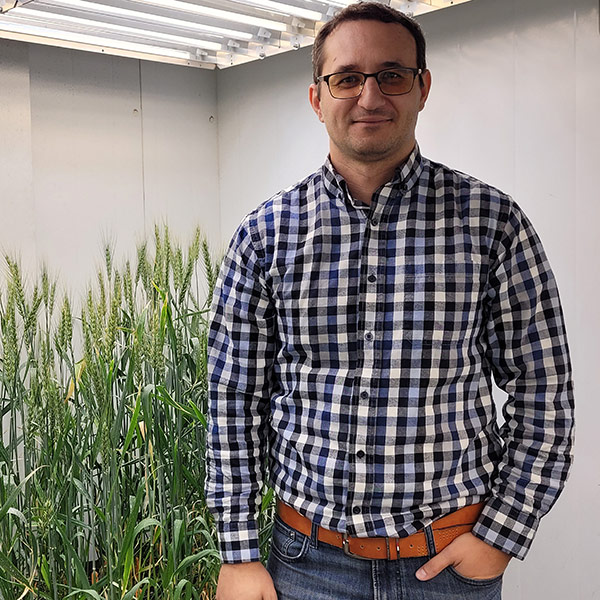
Andriy Bilichak is a research scientist and cereal biotechnology program lead at Agriculture Agri-Food Canada (AAFC)’s Morden Research and Development Centre (RDC). Bilichak completed his PhD in plant biotechnology at the University of Lethbridge and his postdoctoral fellowship at the Lethbridge RDC.
He was raised in Ukraine and now lives in Winkler, MB, with his wife Nina, who is currently on maternity leave with their baby girl, their son Mark, and his mother.
Where did you work before the Morden RDC?
After my postdoc at the Lethbridge RDC, I worked on a collaborative project with Dow AgroSciences, now Corteva, developing methods for non-transgenic gene editing in wheat. After that, I worked for a startup biotech company where I looked into different genotypes of high-THC and high-CBD lines of cannabis and how to improve pathogen resistance. Then I eventually began my position at the Morden RDC.
What got you interested in this area of work?
I’ve been working on gene editing from the beginning. My PhD was in plant transformation/biotechnology, so it was a logical next step for me to move into gene editing. I enjoy working with like-minded people and thinking and living in science and working towards new discoveries.
Tell us a bit about what you’re working on at the Morden RDC.
My program at the Morden RDC focuses on gene editing and functional genomics, which is the characterization of novel genes. We are trying to identify genes and their role in pathogen response or abiotic stress, for example. The original program was focused on spring wheat, but we’ve added winter wheat and plan to add barley as well.
Since we work on biotech and transformation, the major part of our program is gene editing. We use CRISPR/Cas9 gene editing tools to dissect the contribution of different genes, either in pathogen response like leaf rust or abiotic stress. We also collaborate extensively with other groups that look into other traits like pre-harvest sprouting, for example.
The overall vision for the program is to adopt gene editing for targeted modification in elite Canadian cultivars. We are trying to discover genes that are involved in tissue culture response in wheat, as we want to apply this knowledge to introduce gene editing into elite Canadian cultivars.
The goal would be, for example, if the breeder comes to us and says, “I have this great variety with all these nice agronomic qualities, but it lacks this one. Can you edit or modify this trait for me through genetics/gene editing?” we would be able to quickly do that. The transformation protocol usually takes four months from the time we put the embryo in tissue culture until the time we regenerate the seedling, and it takes another four or so months for the plant to grow. So, let’s say we can regenerate a particular mutation or edit the target gene within a year. This improves line and delivery to the breeder.
In terms of peptides work, the Application of antimicrobial peptides to increase cereal crops resistance to fungal pathogens project was funded by Manitoba Crop Alliance and Western Grains Research Foundation. Through this research, our lab student screened a library of 20 peptides that were selected from literature that had indications of potential antifungal properties that were never tested against leaf rust.
She found some peptides had much stronger antifungal activity compared to others. We then took those peptides and checked the growth curve to try to find out the best concentration for them. Then, when we sprayed those peptides on the leaf surface before infection with leaf rust, we discovered we could suppress the first infection on the susceptible cultivars by just foliar application of those peptides.
We also discovered endogenous wheat-encoded novel peptides that could potentially be used as a fungicide. We are currently working toward engineering these peptides in the wheat genome through gene editing applications. In this way, wheat expressing the anti-fungal peptides in leaves can potentially become more resistant to rust infection. Eventually, these edited non-transgenic lines can be tested in the field for pathogen resistance.
What can you say about the value of farmers providing funding and support to your organization?
We highly appreciate funding from farmers that allows us to do discovery work and adoption of new biotechnology tools for wheat improvement. Most of the work we do is upstream science that eventually can find its application in the farmer’s fields.
Biotechnology tools become very important in adapting wheat genetics to better cope with climate change and unpredictable weather conditions during the growing season. The gene-edited crops become widely accepted worldwide and through funding of biotechnology programs like ours, Canadian farmers can remain competitive on the international markets through growing of the improved cultivars generated using novel breeding tools.
How does that farmer funding and support directly benefit farmers?
Although we work in upstream science, in every project we apply for we indicate how that work will benefit farmers in the long term and how we can transition it from the lab into the field. We collaborate extensively with other groups (like breeders) on the transition into the field.
In terms of gene editing, we focus on traits that are important to farmers like increased yields or reduced pesticide applications. We are thinking about how to reduce fungicide applications, for example, by looking into alternative means to control pathogens (like peptides). Every research project is centred around the objective of benefitting farmers and agriculture.
How do you spend your time outside of work?
I enjoy sports. I like playing soccer, especially with my son because he is really into soccer. I used to play table tennis and I hope to renew that passion again.
What is the best part about your job?
It’s always interesting for me to go to the lab where we apply biotechnology tools for trait improvement in wheat. Whether we increase the transformation or editing efficiency, whether we have a particular phenotype that we are interested in, and how, in general, gene editing can contribute to the development of new varieties and how it can help in breeding programs. In my opinion, now is a very exciting time to be in plant biotech.
What is your favourite podcast right now?
I enjoy listening to different science podcasts, especially ones that tell odd stories about scientific discoveries and how they came into the world. Two examples are Unsung Science and Disappearing Spoon. They are both very interesting.
Follow @ABilichak on X (formerly Twitter).


